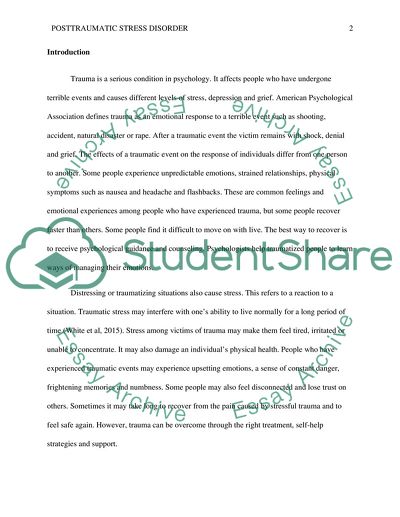Cite this document
(How to Treat with Post Traumatic Stress Disorder Research Paper, n.d.)
How to Treat with Post Traumatic Stress Disorder Research Paper. Retrieved from https://studentshare.org/psychology/1868268-ptsd-as-it-relates-to-military-combat
How to Treat with Post Traumatic Stress Disorder Research Paper. Retrieved from https://studentshare.org/psychology/1868268-ptsd-as-it-relates-to-military-combat
(How to Treat With Post Traumatic Stress Disorder Research Paper)
How to Treat With Post Traumatic Stress Disorder Research Paper. https://studentshare.org/psychology/1868268-ptsd-as-it-relates-to-military-combat.
How to Treat With Post Traumatic Stress Disorder Research Paper. https://studentshare.org/psychology/1868268-ptsd-as-it-relates-to-military-combat.
“How to Treat With Post Traumatic Stress Disorder Research Paper”, n.d. https://studentshare.org/psychology/1868268-ptsd-as-it-relates-to-military-combat.


